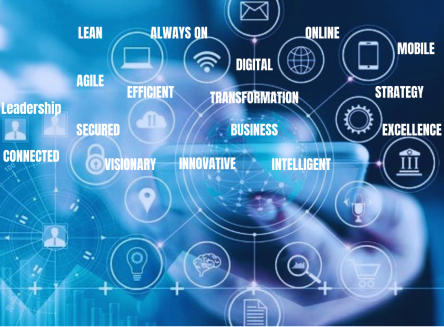We are in a decade where changes of all types and shapes appear from various angles. We all are demanded to adapt as well as deliver successfully on all our activities and task to eventually ensuring the business change request delivered. In the years to come we will continue to face more and more changes and with all these changes comes, risks and delays if not handled promptly and properly.
Amongst all these changes and need to faster, the word Agile and Nimble are heard very often these days. Being Agile and Nimble is all about being lean but at the same time able to handle and adapt to change, growth and even discarding the change when necessary.
For the business change/growth the competitive advantage and window opportunity to be ahead of the competition is getting smaller and smaller. This means if we are delayed for the window then somebody else will take the opportunity and this will result in loss of market share and business growth. This is the key driver for the need of speed in doing so its also key to be able to change path and decide on different routes of changes as they come.
The traditional way of managing changing over years is becoming obsolete given the Gen-X, Gen-Y and later in the decade Millennial coming work. The use of internet for real time collaboration, communication and ideas build up as well as taking advantage and launching new growth options is becoming the name of the game.
The unpredictability of whether, natural disasters and economical changes are putting all business on their toes to react to changes even more faster and to deal with them effectively. Failure to do so have shown business going bankrupt or being taken over by others with in no time.
Even Mergers, Acquisitions and Disentanglements are taking speed where these are more and more asked for be dealt with fully in 3 to 9 months.
All of the above asks us to find out methods and possible ways to handle changes differently then we are use to.
Going towards Agile way of doing things allows us to bring more ownership of actions towards the group of people who need to do it as well as ensure that every sprint the team improves as well as delivers part of the business change requested. Agile is sure shot way of ensuring we are more adaptable to changing routes/options of business, while its not a one size fits all method. This means it needs to be applied and used selectively as it does require efforts and time for an organisation to get used to it and to keep doing it the right way.
